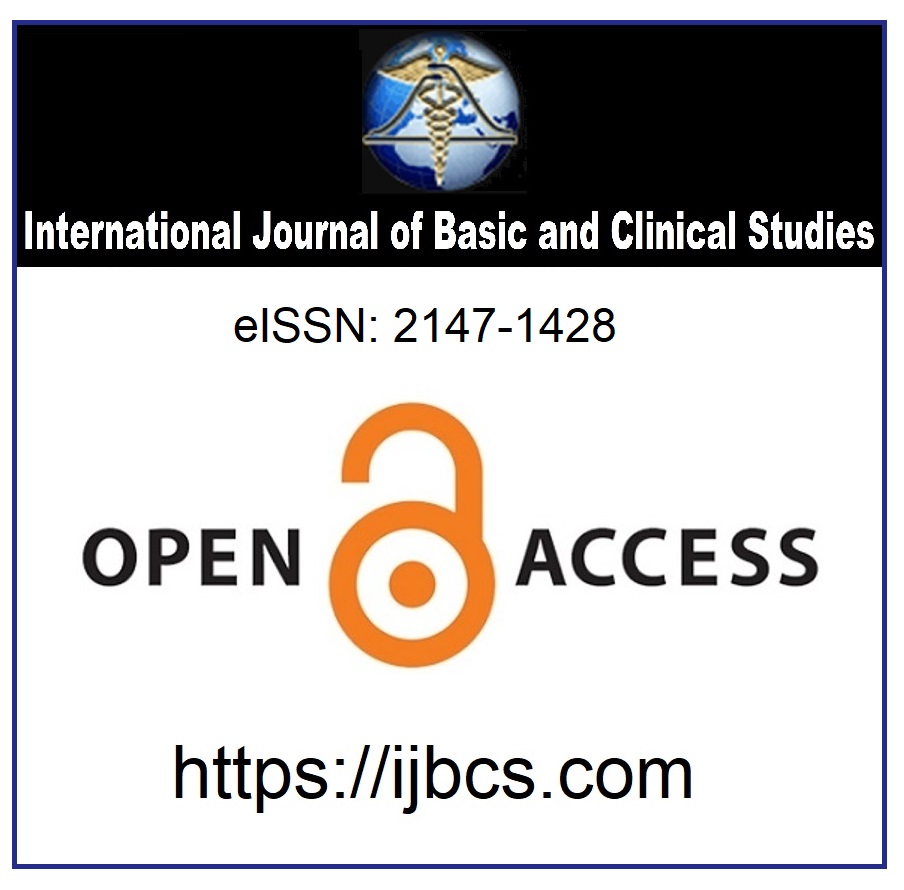HYPOMAGNESEMIA IN INTERNAL CARE UNIT
Keywords:
Magnesium, Intensive Care Unit, Evaluation Score, MortalityAbstract
Background/Objective: Hypomagnesemia is one of the most common electrolyte disturbances in the critically ill patients. The aim of our study was to define the prevalence of admission hypomagnesemia in critically ill patients and to evaluate its relationship with organ dysfunction, length of stay, and mortality.
Methods: It is a retrospective review of 150 patients, admitted to the intensive care unit (ICU) at the Siirt State Hospital over 2 years period. 119 patients included in this study. Observations were made on admission total serum magnesium level, need for ventilator, duration of mechanical ventilation, ICU lengths of stay, and general patient demographics.
Results: Electrolyte abnormalities were observed in 42.4% of patients. The serum magnesium level (normal value, 1.7-2.4 mg/dL) was measured at admission. 12,6% of patients had hypomagnesemia (mortality rate 53.3%), 68,9% had normal magnesium levels (mortality rate 26.8%) . There was significant difference in mortality rate (53.3% vs 26.8%), the length of ICU stay (11.23+5.34 vs 4.8+2.15) and ventilatory support [60% (9/15) vs 29.2% (24/82)] between these two groups of patients (p < 0.05 for all).
The incidence of sepsis was twice as common in hypomagnesemic patients as compared to normomagnesemic patients (p<0.05). The mean APACHE score between two groups was not statistically significant
Conclusion: Development of hypomagnesemia during an ICU stay is associated with morbidity and mortality. Monitoring of serum magnesium levels may be prognostic for these patients.
Downloads
Published
How to Cite
Issue
Section
License
Copyright (c) 2013 By the Authors.

This work is licensed under a Creative Commons Attribution 4.0 International License.



